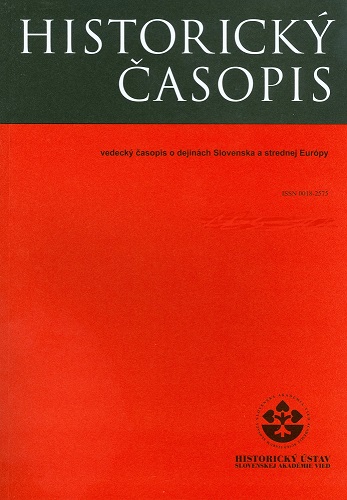Formy komunikácie politických elít v stredovekej strednej Európe (Uhorsko, Rakúsko, České krajiny, 1250 – 1350)
Forms of communication of the political elites in medieval Central Europe (Hungary, Austria and the Czech Lands, 1250–1350).
Author(s): Dušan ZupkaSubject(s): Governance, Political history, Politics and communication, Politics and society, Theory of Communication, 13th to 14th Centuries, Sociology of Politics
Published by: SAV - Slovenská akadémia vied - Historický ústav SAV
Keywords: Communication; Ruling elites; Power; Central Europe; Rituals;
Summary/Abstract: The aim of this article is to give an account of the ritualized ways of communication of the ruling communities of the high and later Middle Ages in the Central European region. It focuses on the neighbouring realms of Bohemia, Hungary and Austria in the thirteenth and fourteenth centuries (c. 1250 – c. 1350). It argues that the ruling communities were formed from diverse political groups, most prominently represented by the ruler and his entourage (dynasty, court) on the one hand and the elites (both lay and spiritual) on the other. The rule (lordship) over a particular realm was a mixture of co-operation, competition and compromise between these groups. Secondly, these political communities therefore felt the constant need for public representation of their status, rank and symbolic role within the society. Effective ways to express belonging to a political group included a range of symbols, gestures and specific rhetoric.
Journal: Historický časopis
- Issue Year: 66/2018
- Issue No: 3
- Page Range: 385-408
- Page Count: 24
- Language: Slovak

